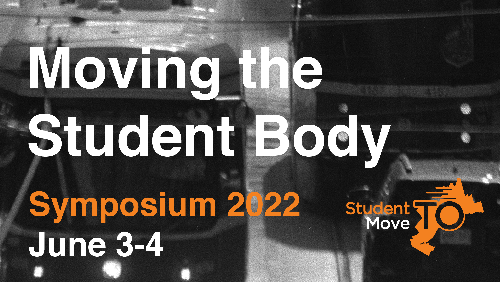Toronto, ON (May 5, 2025) –
CodeRedTO calls on City of Toronto Transportation Services, the Toronto Transit Commission, and City Council to implement emergency streetcar route protections within the downtown core, to protect the over 100,000 streetcar riders in this area who will face unreliable, delayed, and confusing streetcar movement beginning next week and lasting through the summer.
This week it was reported in the Toronto Star that required water main and track replacement along King Street will divert the 503 Kingston Road, 504 King and the 508 Lake Shore streetcars onto Queen Street from Spadina to Broadview, joining the busy 501 Queen streetcar for 4.4 kilometres.
At peak, a streetcar should arrive every 100-150 seconds, but this diversion will have little to no transit signal priority or advance turn signals, creating streetcar bunching, bottlenecks, blocked intersections, and frustrated commuters.
It is imperative that the over 100,000 transit riders on these routes receive priority movement through intersections and along the diversion.
CodeRedTO recommends the following be implemented immediately:
1. No left turns:
- Add no-left signage and enforcement on Queen Street eastbound at Soho, Beverley, McCaul, Simcoe, Dalhousie, Mutual, and all laneways.
- Add no-left signage and enforcement on Queen Street westbound at Berkeley, Ontario, George, Duncan, John, Peter, and all laneways.
2. Transit turn priority: Advance turn signal for transit added to the intersection of King and Spadina, operating 24/7.
3. Traffic Wardens: Station minimum ten traffic wardens all day at the most-challenged intersections, to be re-evaluated and re-assigned weekly, to prevent “blocking the box” and ensure free movement of streetcars at all times. Recommended intersections for week one:
- Queen at University, York, Jarvis, Sherbourne, and Parliament
- York at Richmond and Adelaide
- Church at Richmond, Adelaide, and Queen
4. Antique track switching: Add dedicated staff for manual switch operation as required along the full diversion path, to prevent delays from streetcar operators exiting vehicles to make a diversion turn.
5. Headway-based line management: Add TTC supervisors along the full diversion path, with schedule and rider volume re-assessed weekly to reduce vehicle bunching.
6. Enforcement on King Street: Repaint the King Street Transit Priority Corridor lane markings at each intersection, and enforce all no-through-traffic signage, to protect the movements of replacement buses along this corridor during repairs.
Implementation and most importantly enforcement of these changes will help reduce the damage to surface transit operations through this area. This will create the best chance of route reliability to protect ridership for future.
It is important to note that this level of diversion cannot be fully mitigated, and CodeRedTO further recommends a report to City Council on the full cost of delayed maintenance items in this area, with all traffic warden, signage, enforcement, and replacement bus costs broken out. This will enable clearer assessment of costs when considering delayed maintenance in future.
Every effort should be made to expedite the work and to return to regular service at the earliest possible opportunity. More commuters get downtown by TTC than by driving on every other road and highway combined. It is vital that reliable and frequent public transit be protected and prioritized to help Toronto sustainably grow, and to help all Torontonians reliably reach jobs, schools, daycares, nightlife, and more.
